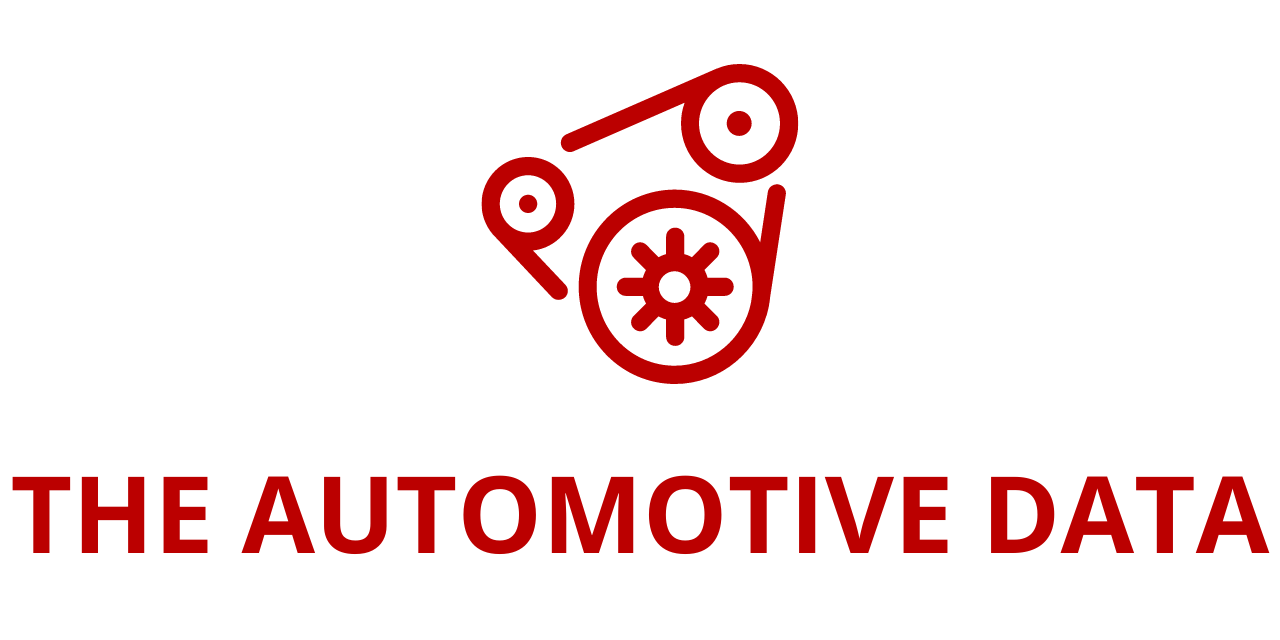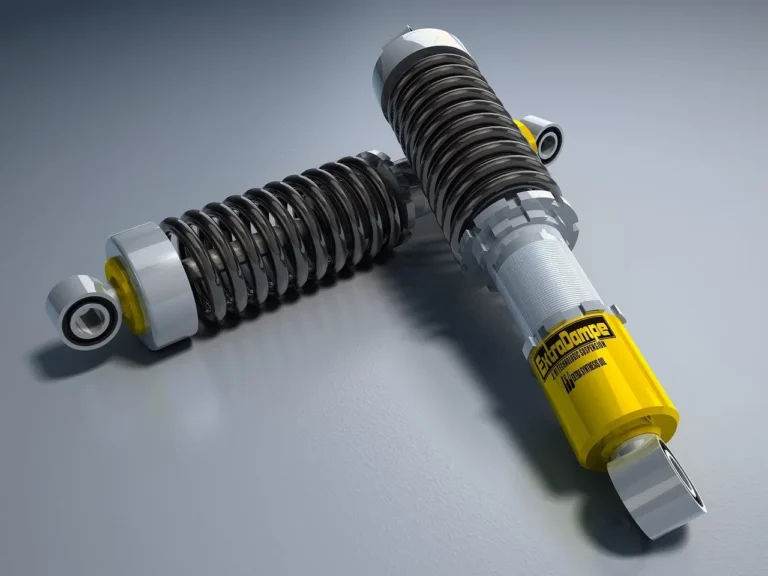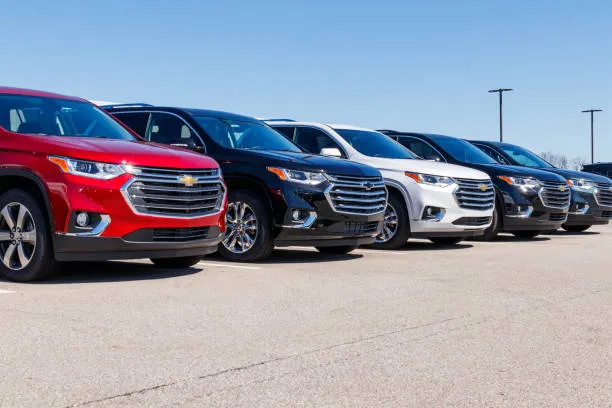
Motus Releases First Annual “State of Corporate Driving in America: 2025 Benchmark Report,” Revealing How Outdated Fleet Policies and Flat‑Rate Reimbursement Models Undermine Mobile Workforce Productivity and Satisfaction
Motus—the market leader in vehicle reimbursement and risk‑mitigation technology—has published the inaugural edition of its State of Corporate Driving in America: 2025 Benchmark Report. The study, based on detailed data from more than 4,000 employees who drive for work, offers the most comprehensive look yet at how field teams actually experience time on the road and how company vehicle programmes shape their performance, engagement, and loyalty. Far from being a narrow slice of the employee base, these “road warriors” devote roughly one‑third of every work week—around 13 hours—to life behind the wheel. For them, the vehicle is not merely transportation; it is a travelling office, a mobile conference room, and, increasingly, a metric by which they judge whether their employer truly understands what they need to succeed.
Why Motus Undertook the Study
In recent years, remote work, regional cost divergence, and tight labour markets have placed unprecedented pressure on organisations to modernise every aspect of employee experience. Yet many enterprise mobility policies—especially those governing passenger fleets and mileage reimbursement—have scarcely changed in decades. Motus set out to quantify the hidden costs of this status quo: lost productivity, inflated operating expenses, elevated turnover, and stalled customer service. By analysing anonymised driving, expense, and satisfaction records across a wide range of industries, the company created a clear before‑and‑after picture of how different programme designs influence key business outcomes.
Methodology in Brief
- Sample size: 4,000+ full‑time U.S. employees who routinely use a vehicle for work.
- Data sources: Logged trip data from the Motus platform; employee satisfaction surveys; reimbursement and expense‑processing metrics from participating firms.
- Comparison groups: Legacy company‑owned passenger fleets versus a spectrum of reimbursement programmes, including flat national rates and finely tuned, region‑adjusted allowances.
- Time frame: January 2024 – March 2025.
Key Finding #1 – Personal Vehicle Choice Drives Morale and Performance
One of the report’s most striking revelations is the 43 percent jump in overall job satisfaction when employees are permitted to drive a personally chosen vehicle that fits their lifestyle, climate, and financial goals. For former fleet drivers who transitioned to reimbursement plans, the effect is even more dramatic: 68 percent say their enthusiasm for the job increased “significantly” after handing back the company keys.
This uplift is not merely emotional. Motus cross‑referenced engagement scores with objective outcomes such as on‑time arrival, first‑call resolution, and customer‑satisfaction ratings. In sectors like healthcare home visits and business‑to‑business field sales, employees who drive their own vehicles closed 11 percent more tasks per day, a performance delta that translated directly into revenue growth and lower service backlogs.
Key Finding #2 – Automation Separates Modern Reimbursement from Manual Headache
Not all reimbursement plans are created equal. The study found that convenience has become a decisive factor in whether employees view mileage programmes as a perk or a paperwork burden. Two‑thirds of respondents (64 percent) now prefer GPS‑enabled, automated mileage tracking to traditional manual logbooks or Excel sheets. The hard savings are compelling: employees reclaim, on average, 21 hours a year ordinarily lost to administrative drudgery.
Employers also win big. Companies that adopted automatic mileage capture and digital approval workflows processed expenses 23 percent faster and encountered 17 percent fewer disputes over reimbursement accuracy. Over time, those efficiencies accumulate. Organisations that continuously refined their reimbursement technology reported a 47 percent higher retention rate among mobile employees than peers still wrestling with paper‑based processes.
Key Finding #3 – Flat National Rates Create Hidden Inequities
Although the federal government adjusts its standard mileage rate annually, most private‑sector flat‑rate plans ignore the pronounced regional diversity of driving costs. Motus found that workers in the Western United States routinely pay 30–37 percent more at the pump than their Midwestern counterparts. In the Northeast, congested routes generate short but pricey trips thanks to tolls, parking fees, and urban wear‑and‑tear. In the South, longer rural journeys rack up miles quickly, amplifying fuel and maintenance spend.
When reimbursement fails to reflect these realities, dissatisfaction spikes. Regionally adjusted programmes, by contrast, drove up employee satisfaction scores by as much as 32 percent. Fairness is not just a feel‑good metric—it is a predictor of tenure. Workers who perceive reimbursement as equitable are far less likely to entertain rival job offers.
Key Finding #4 – The Rise of the Employee‑Curated Fleet
Because autonomy and adaptability rank high on the modern worker’s wish list, Motus analysed the top ten vehicle makes employees most frequently select when given free rein. The resulting list highlights the intersection of professional demands, personal taste, and environmental context:
- Ford (13.2%) and Chevrolet (10.0%) dominate in construction, manufacturing, and field service.
- Toyota (13.1%) and Honda (7.8%) are favored in healthcare and business services for reliability and efficiency
While brand loyalties vary, the overarching trend is unmistakable: employees weigh climate, cargo volume, fuel economy, and personal branding when committing to a vehicle that doubles as their office. The one‑size “company sedan” can no longer tick all those boxes.
Strategic Implications for Employers
- Retire the Legacy Fleet—Thoughtfully. Not every organisation can abandon company cars overnight, but hybrid solutions—such as reimbursing personal vehicle use for certain roles or regions—can deliver immediate morale and cost benefits.
- Invest in Intelligent, Effortless Technology. Mileage‑capture apps that integrate with payroll and expense platforms remove friction for both end‑users and finance teams. Look for solutions that support offline logging, policy compliance, and IRS documentation to future‑proof the investment.
- Localise Reimbursement Rates. Tie allowances to live regional price indices for fuel, insurance, depreciation, and maintenance. Employees recognise and value transparency—even if their region’s rate occasionally dips along with local costs.
- Use Data to Drive Continuous Improvement. Odometer‑verified trip data, satisfaction pulse surveys, and retention analytics should feed into quarterly reviews of mobility policies. Small tweaks—such as adding a winter‑tire stipend for northern territories—signal that leadership listens.
- Frame Vehicle Choice as an Employee‑Experience Strategy. A stipend that enables a nurse navigator to buy an all‑wheel‑drive crossover may prevent a costly accident, reduce sick days, and increase patient‑visit capacity. In other words, “people first” can also mean “profit first.







